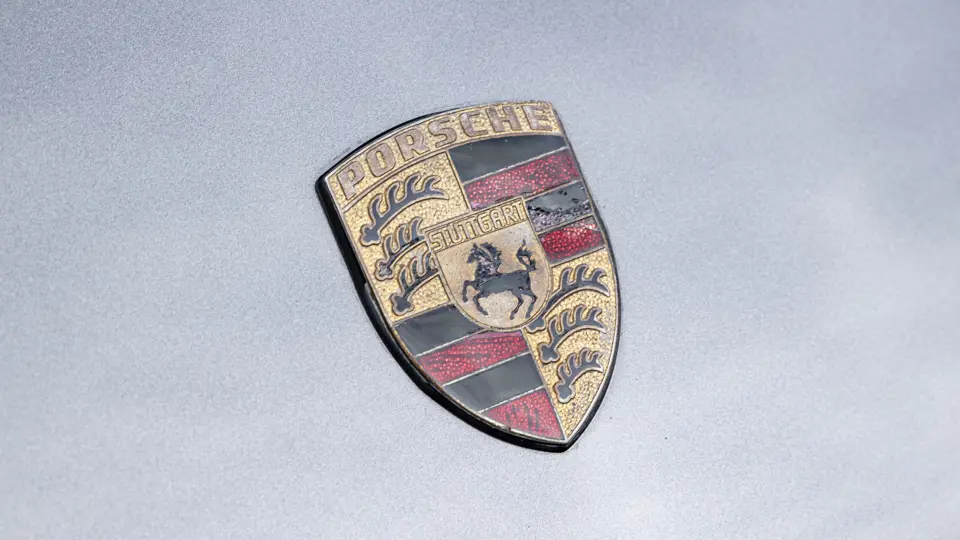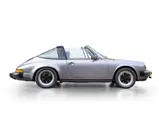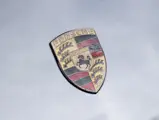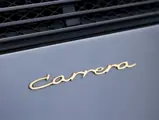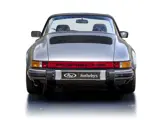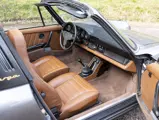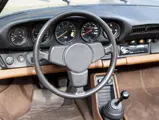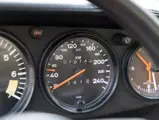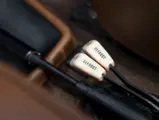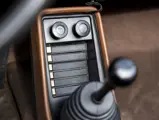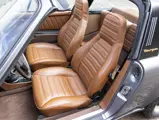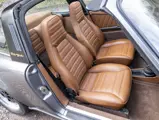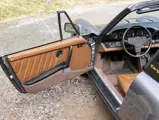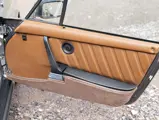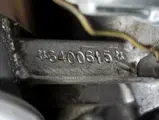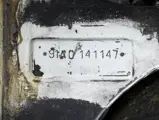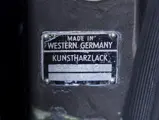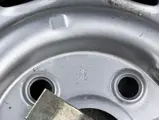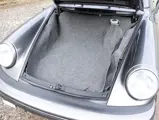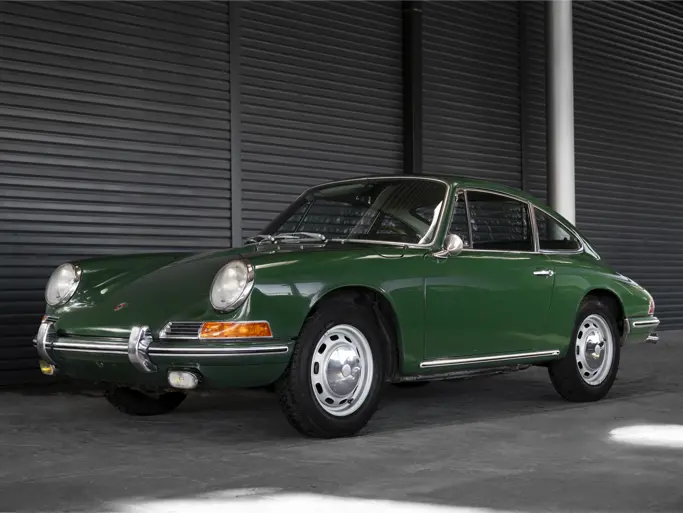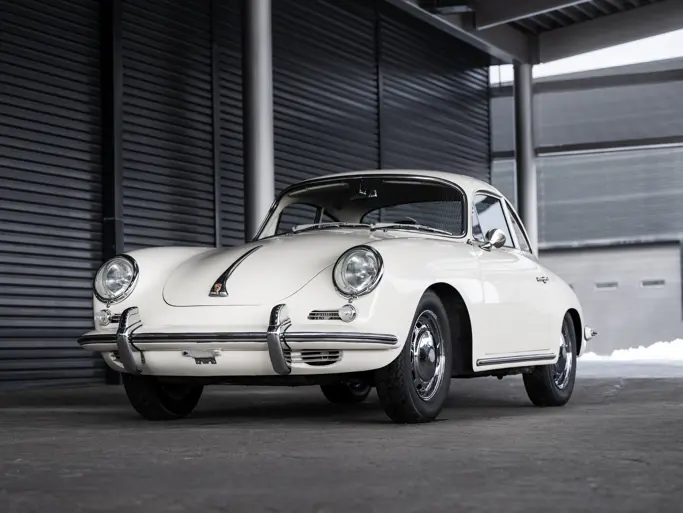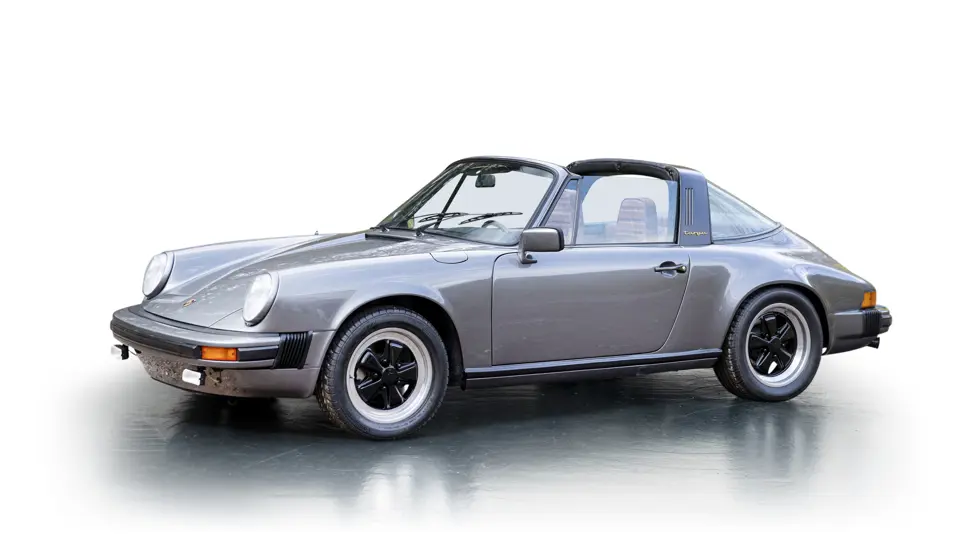
1980 Porsche 911 SC Targa
{{lr.item.text}}
€52,900 EUR | Sold
{{bidding.lot.reserveStatusFormatted}}
- Offered from The Carrera Collection
- Desirable European-specified “G-Series” 911 SC Targa
- Rides on 15-inch alloy Fuchs wheels wrapped in Continental tyres
- Equipped with a 3.0-litre, flat six-cylinder SC engine
- Offerta dalla Carrera Collection
- Ambita 911 SC Targa “G-Series” con specifica europea
- Monta cerchi in lega Fuchs da 15" e pneumatici Continental
- Azionata da un motore SC sei cilindri “piatto” da 3 litri
Around the time of its debut in 1963, the Porsche 911 was offered only in closed-roof coupé configuration. This would change in 1967, with the introduction of a now-iconic 911 variant—the Targa. Stuttgart’s new offering was so named to commemorate the firm’s dominance at the famed Targa Florio endurance race in Italy.
The partially open roof set-up offered drivers the weather protection of a coupé with the Targa top fitted, yet retaining the option to quickly stow the roof for open-topped enjoyment. Its signature roll cage “hoop” ensured the safety and stability akin to a roll bar. Since its association as a Porsche word, the term “Targa” has been borrowed by many competitors and has become synonymous with the part-open roof design.
In 1978, the Porsche 911 was still only being offered in these two configurations with the cabriolet not making its full debut until 1983. For 911 enthusiasts of the day, attention was focused on Stuttgart’s new powerplant, the 3.0-litre Super Carrera “SC” engine. The previous magnesium alloy engine case had been replaced with a cast aluminium unit borrowed from the 911 Turbo. This change solved many of the heat-related issues associated with magnesium cases.
The new mill was fed by Bosch’s K-Jetronic fuel injection, commonly referred to as CIS for Continuous Injection System. This combination created a powerplant that was almost always mated to Porsche’s five-speed transmission and rated at 188 horsepower for European-specified examples. The SC continued to wear the wider rear haunches of the previous Carrera models, as well as stiffer anti-roll bars and power disc brakes on all four corners.
The example offered here is a sought-after European-specified 911 SC Targa. Sporting the dynamic 3.0-litre SC engine with Bosch CIS fuel injection, the car is cloaked in silver over tan leather upholstery. Its silver paint and black exterior trim are complemented by gold exterior badging found across the exterior. Inside, the car sports many luxury accessories such as power windows, air conditioning, and a modern Pioneer stereo system.
Strikingly appointed, and equipped with one of Porsche’s most vaunted powerplants, this Euro-spec 911 SC Targa offers an attractive path into air-cooled Porsche ownership.
Quando fu presentata per la prima volta nel 1963, la Porsche 911 era disponibile solo nella configurazione coupé con tetto chiuso. Nel 1967 fu invece introdotta quella che è ormai diventata una variante iconica della 911: la Targa. La nuova proposta del marchio di Stoccarda fu così battezzata per celebrare il dominio Porsche nella famosa cosa automobilistica di durata Targa Florio in Italia.
La configurazione parzialmente a cielo aperto offriva ai proprietari lo stesso livello di protezione dagli agenti atmosferici di un coupé con il tetto Targa installato e un’esperienza di guida in stile decappottabile grazie alla possibilità di riporre rapidamente il tetto. La caratteristica gabbia protettiva “ad anello” garantiva la sicurezza e la stabilità di un roll-bar. Da quando fu associato all’universo Porsche, il termine “Targa” fu mutuato da numerosi concorrenti e divenne sinonimo del design parzialmente a cielo aperto.
Nel 1978 la Porsche 911 era ancora disponibile in queste due configurazioni, mentre la variante cabriolet non fu introdotta fino al 1983. L’attenzione degli appassionati dell’epoca fu rivolta principalmente al nuovo propulsore del marchio, il motore Super Carrera “SC” da 3 litri. Il precedente carter motore in magnesio fu sostituito con un’unità in alluminio pressofuso derivata dalla 911 Turbo. Questo cambiamento risolveva numerose problematiche termiche legate ai carter in magnesio.
La vettura era inoltre dotata di un sistema di iniezione Bosch K-Jetronic, comunemente denominato CIS (Continuous Injection System). Questa combinazione dava vita a un propulsore con 188 CV di potenza per gli esemplari con specifica europea, quasi sempre abbinati alla trasmissione Porsche a cinque rapporti. La SC continuò a sfoggiare fiancate posteriori più larghe rispetto ai precedenti modelli Carrera, oltre a barre antirollio più rigide e potenti freni a disco su tutte e quattro le ruote.
L’esemplare qui proposto è una ricercata 911 SC Targa con specifica europea. Azionata da un dinamico motore SC da 3 litri con sistema di iniezione Bosch CIS, è verniciata in argento con rivestimenti interni in pelle naturale. Gli esterni argento con inserti neri sono esaltati ulteriormente da splendidi stemmi color oro. L’abitacolo è impreziosito da numerosi accessori di lusso come i cristalli elettrici, l’aria condizionata e un moderno impianto stereo Pioneer.
Grazie alle sue dotazioni di alto livello e a uno dei motori Porsche più amati e osannati di tutti i tempi, questa 911 SC Targa con specifica europea offre la rara opportunità di acquistare una Porsche raffreddata ad aria.




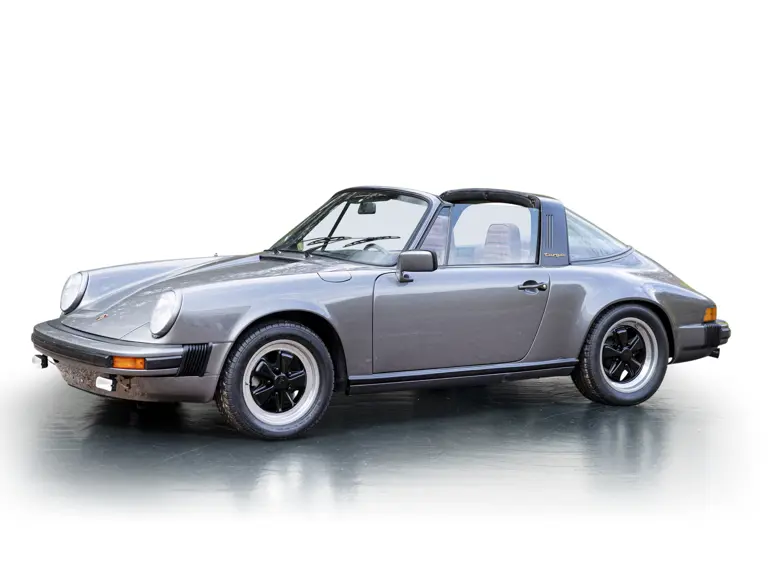



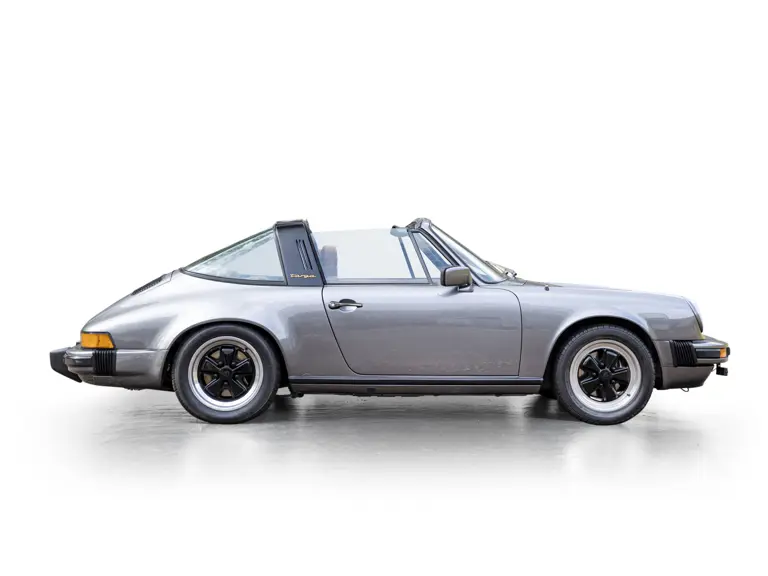
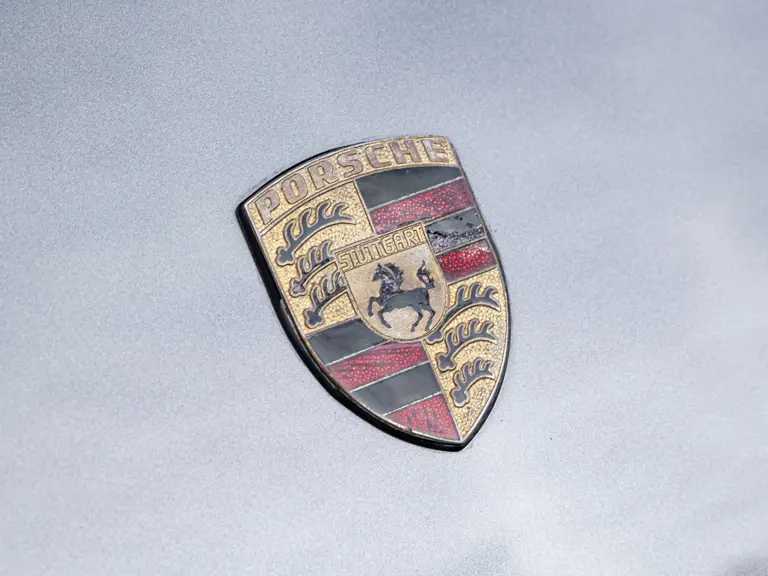
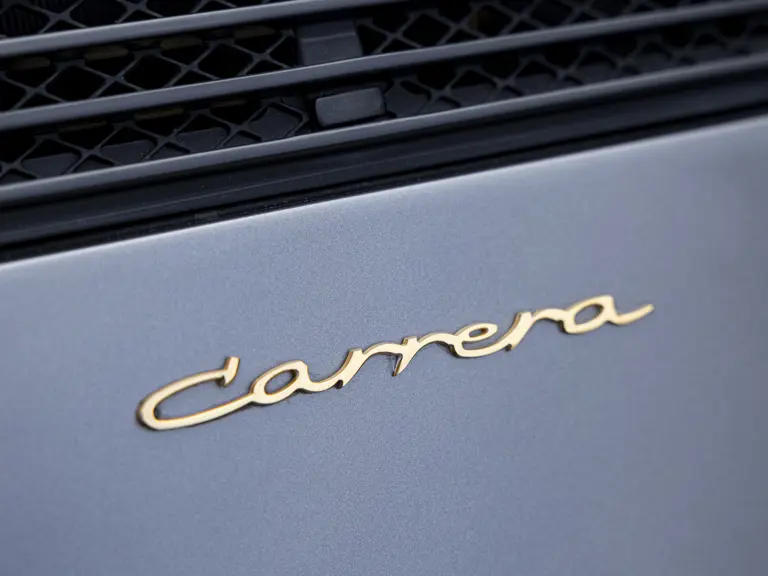
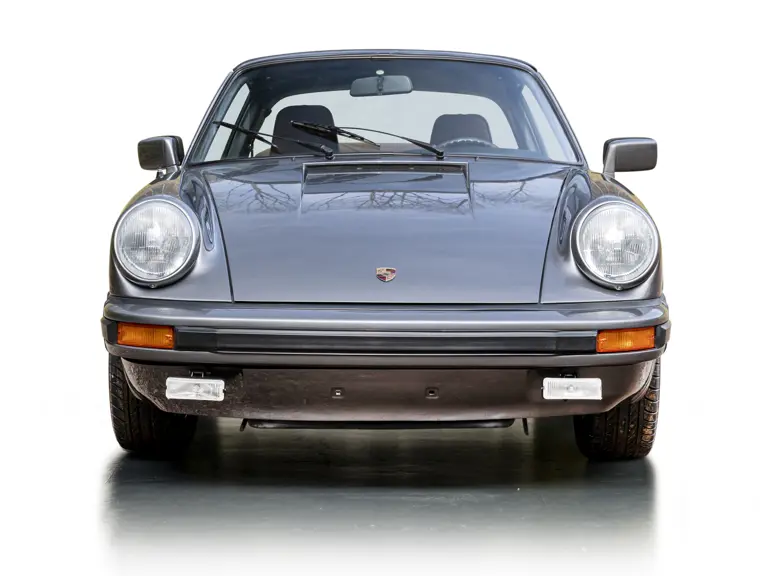
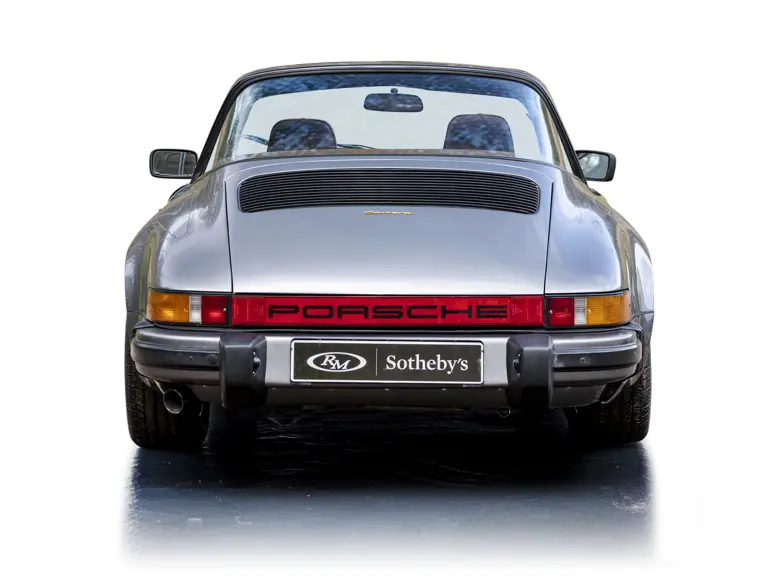
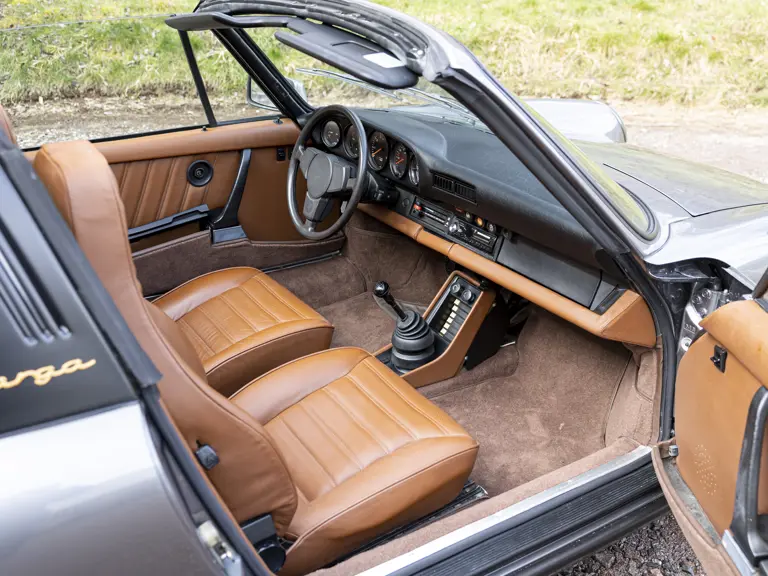
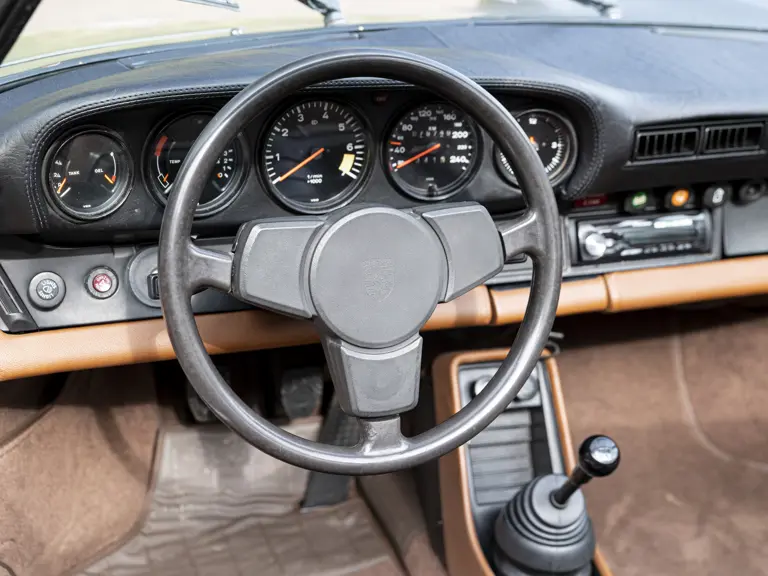
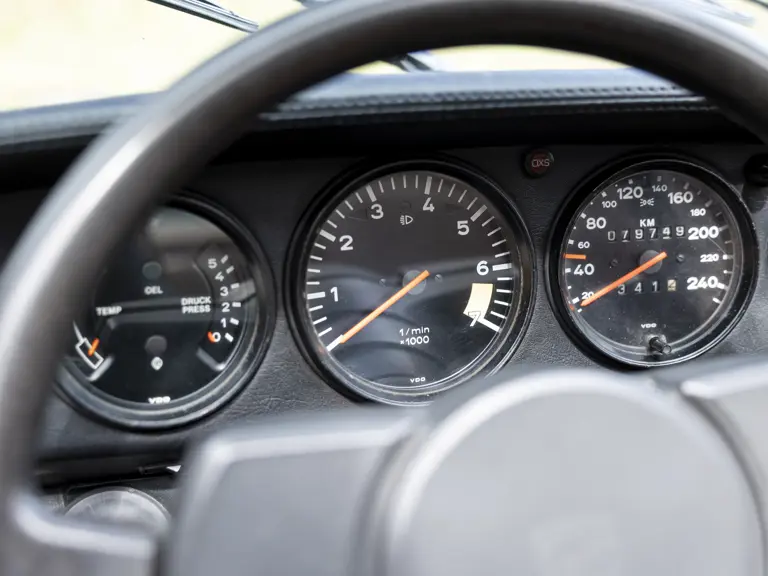

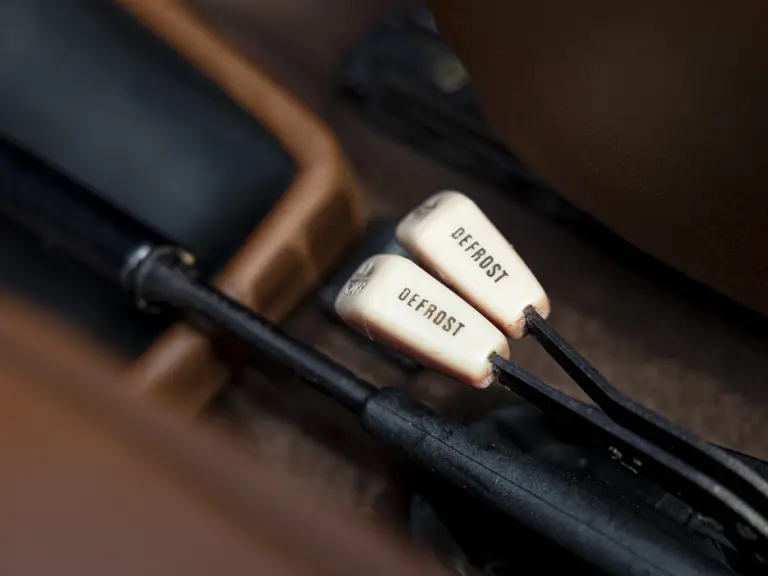
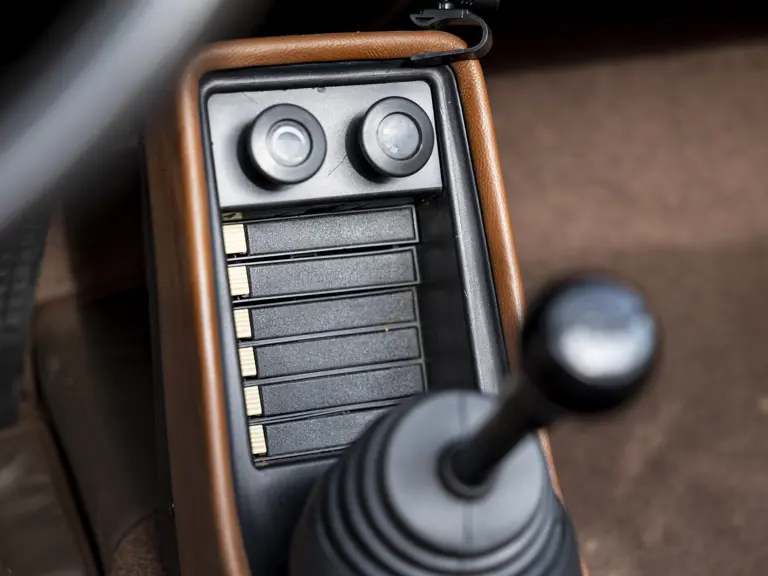
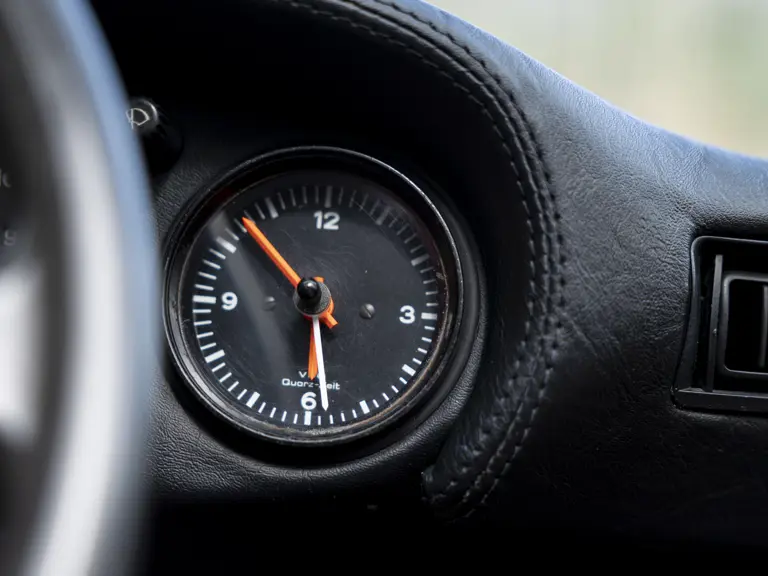
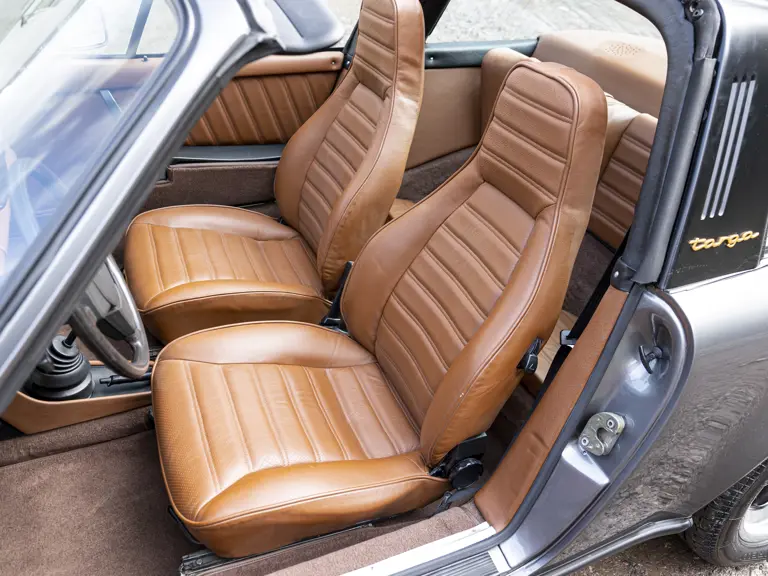
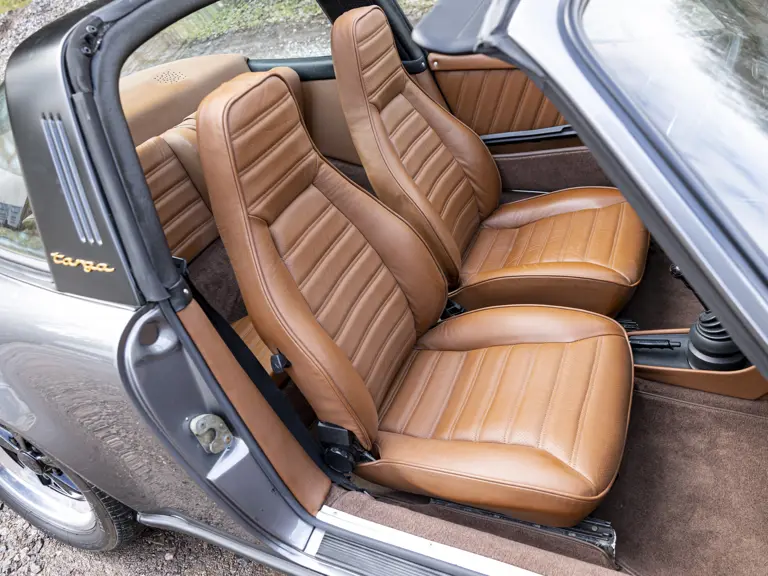
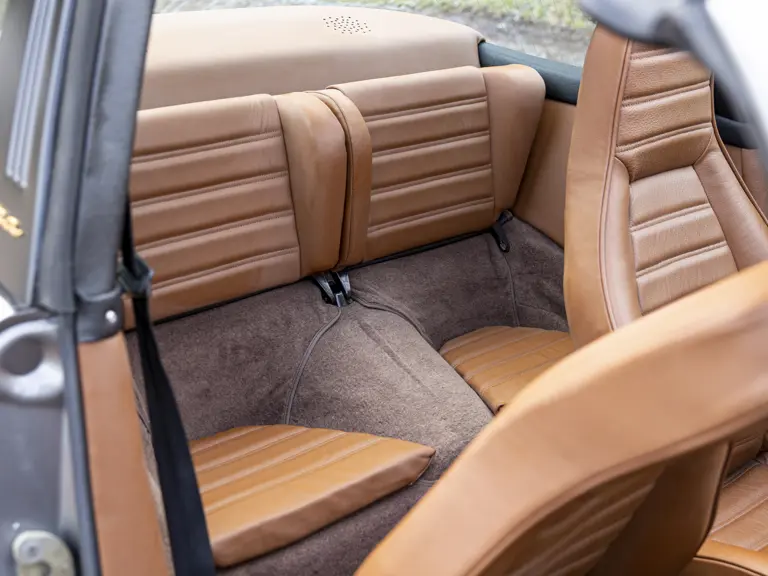

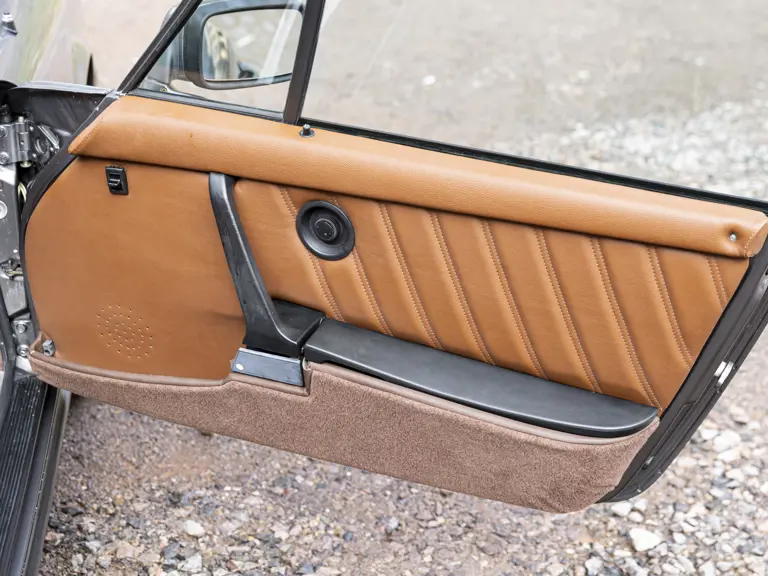
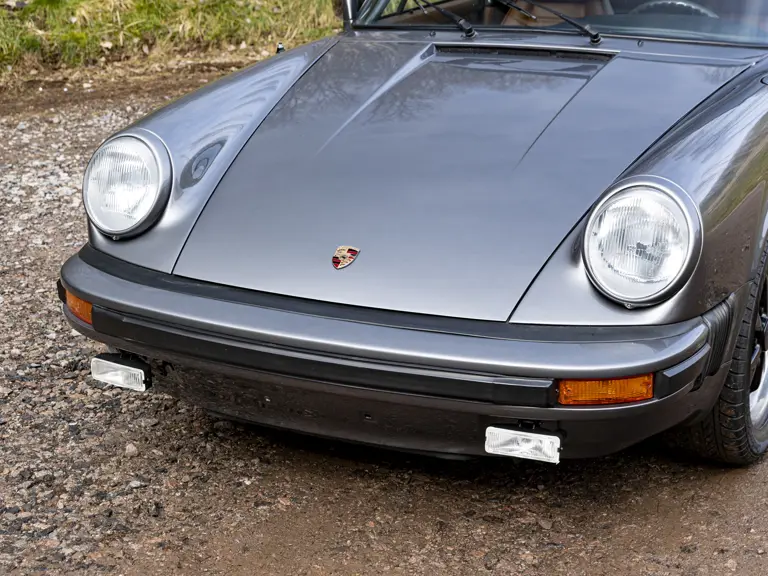
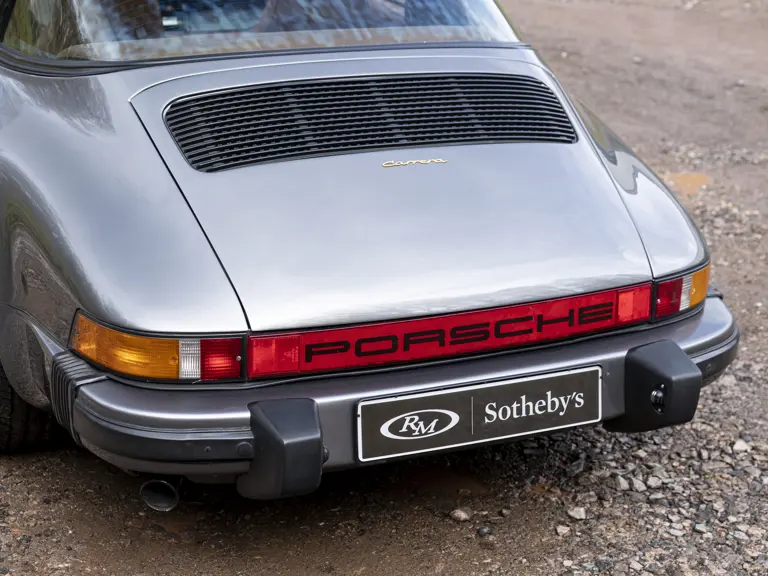
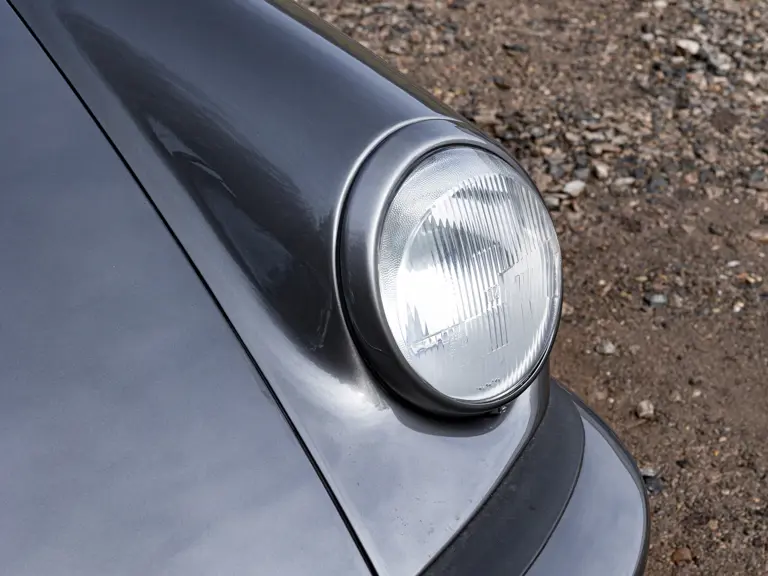
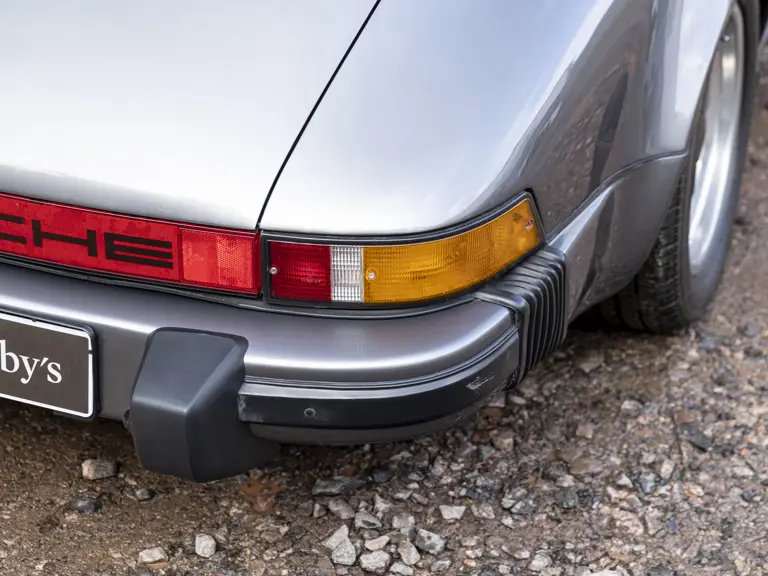
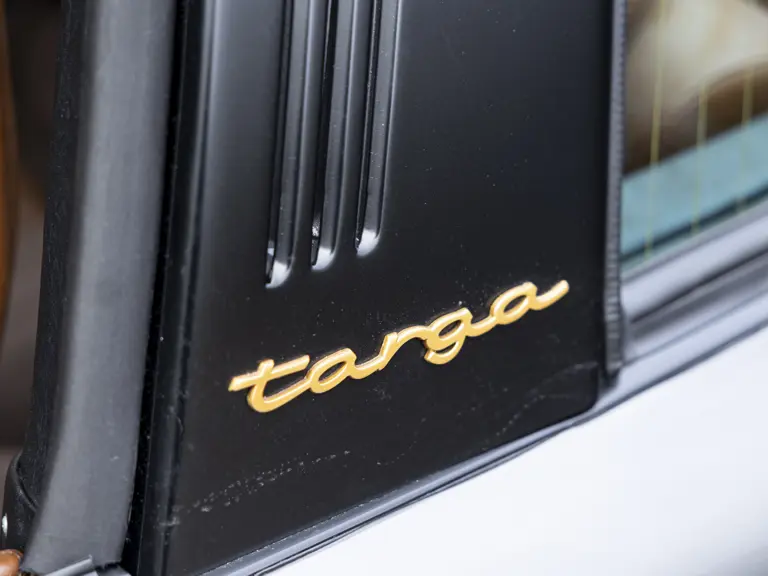
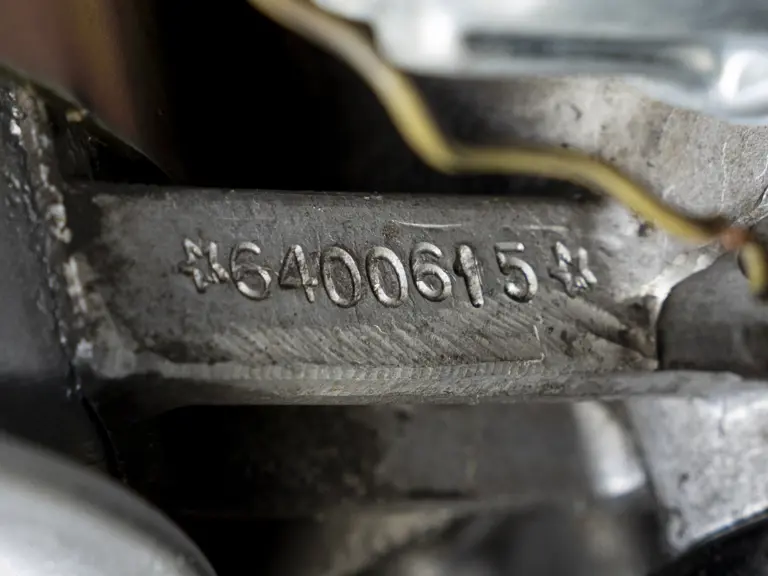
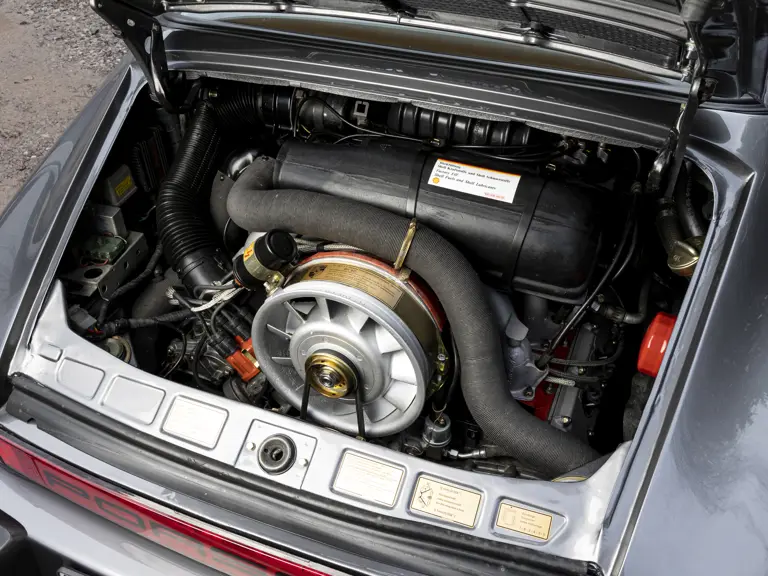
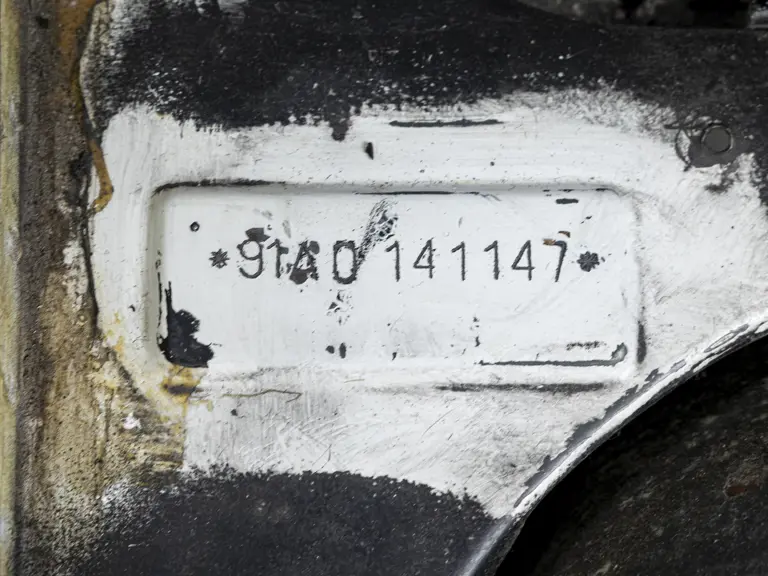
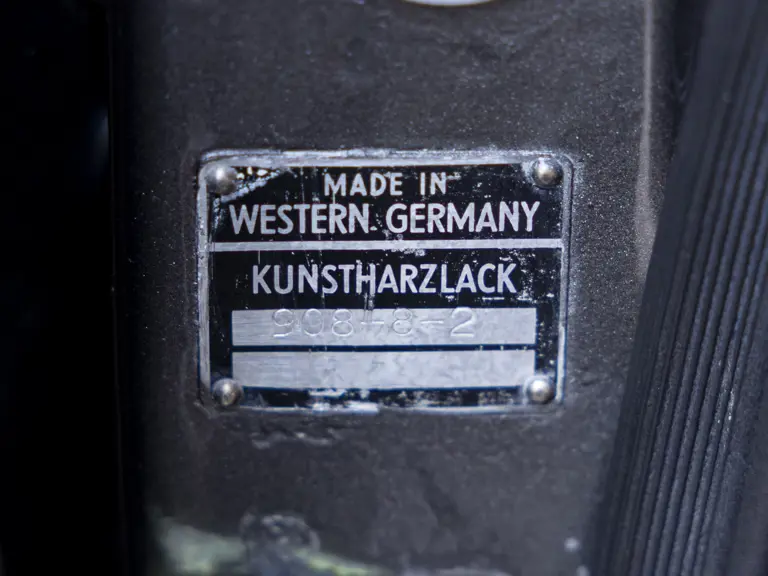
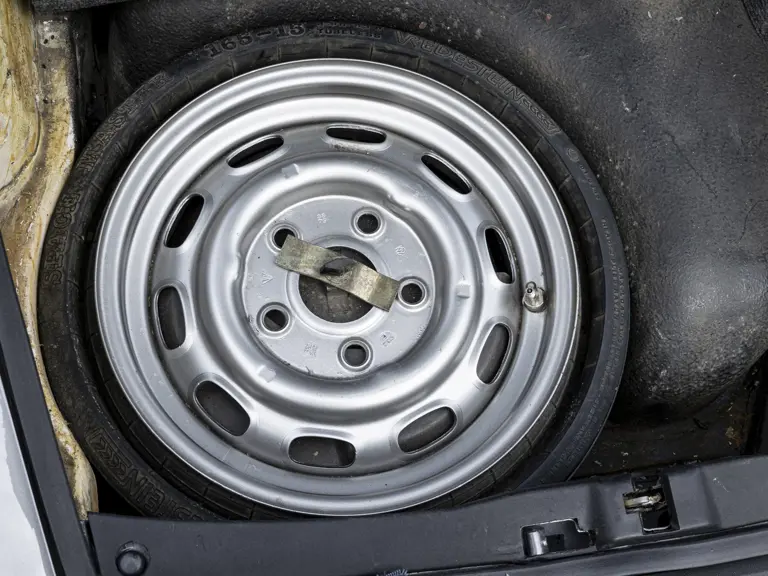
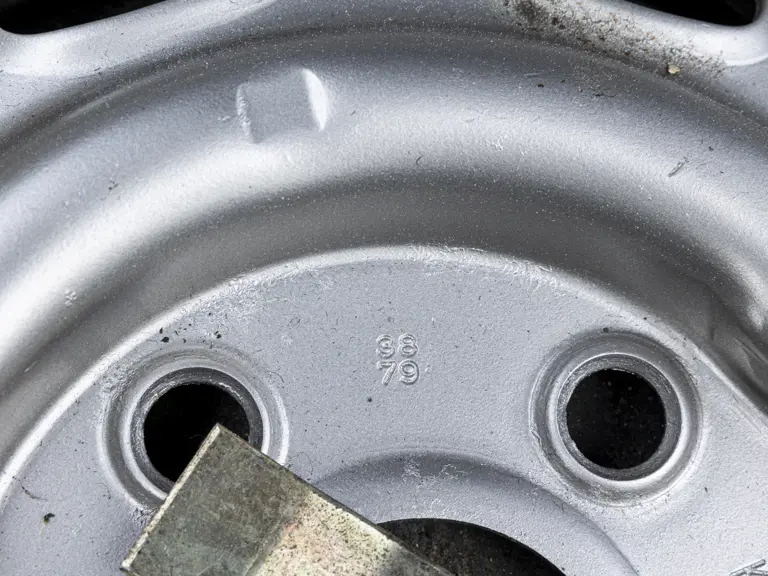
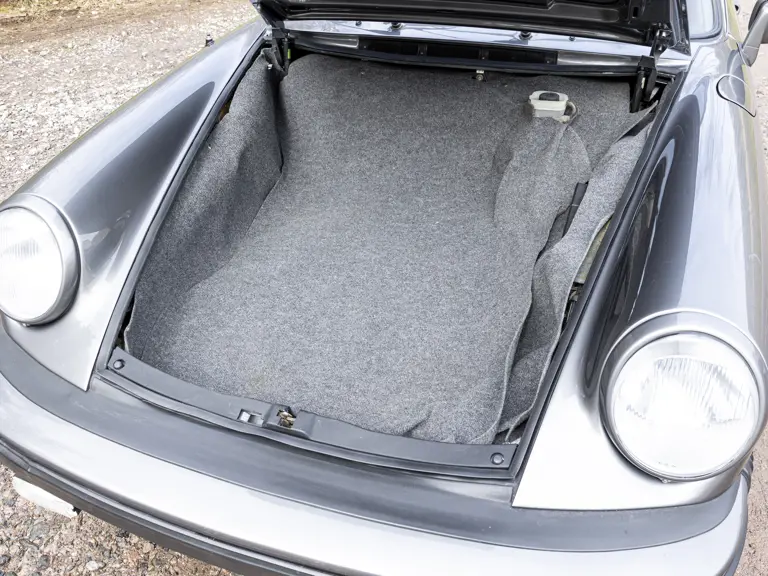
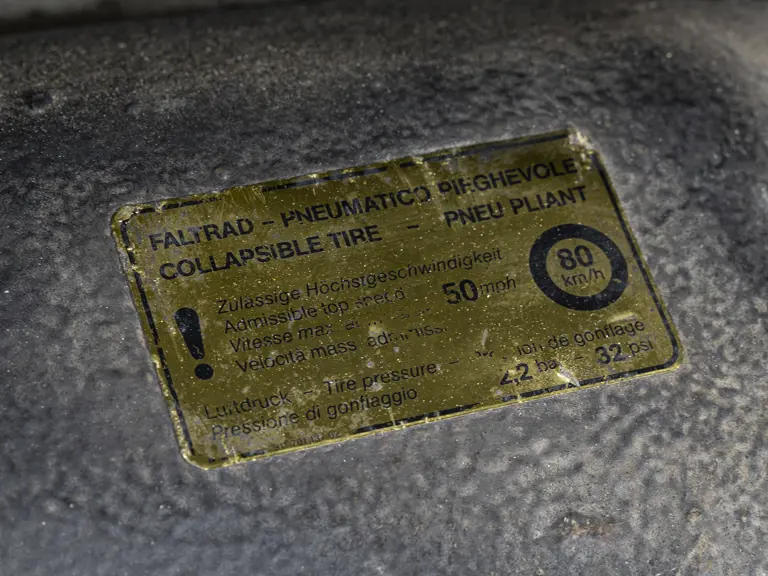
 | Milan, Italy
| Milan, Italy

